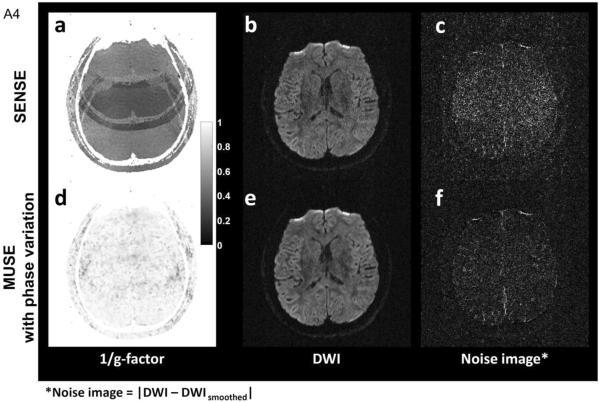
The advantages of high-resolution diffusion tensor imaging (DTI) have been demonstrated in a recent post-mortem human brain study (Miller et al., NeuroImage 2011;57(1):167-181), showing that white matter fiber tracts can be much more accurately detected in data at a submillimeter isotropic resolution. To our knowledge, in vivo human brain DTI at a submillimeter isotropic resolution has not been routinely achieved yet because of the difficulty in simultaneously achieving high resolution and high signal-to-noise ratio (SNR) in DTI scans. Here we report a 3D multi-slab interleaved EPI acquisition integrated with multiplexed sensitivity encoded (MUSE) reconstruction, to achieve high-quality, high-SNR and submillimeter isotropic resolution (0.85×0.85×0.85mm(3)) in vivo human brain DTI on a 3Tesla clinical MRI scanner. In agreement with the previously reported post-mortem human brain DTI study, our in vivo data show that the structural connectivity networks of human brains can be mapped more accurately and completely with high-resolution DTI as compared with conventional DTI (e.g., 2×2×2mm(3)).
Citation: Chang, H. C., Sundman, M., Petit, L., Guhaniyogi, S., Chu, M. L., Petty, C., Song, A. W., & Chen, N. K. (2015). Human brain diffusion tensor imaging at submillimeter isotropic resolution on a 3Tesla clinical MRI scanner. NeuroImage, 118, 667–675. https://doi.org/10.1016/j.neuroimage.2015.06.016
